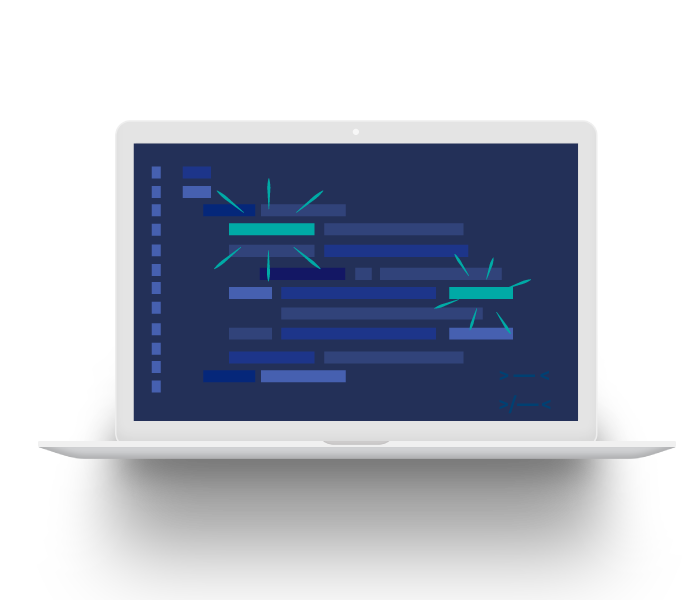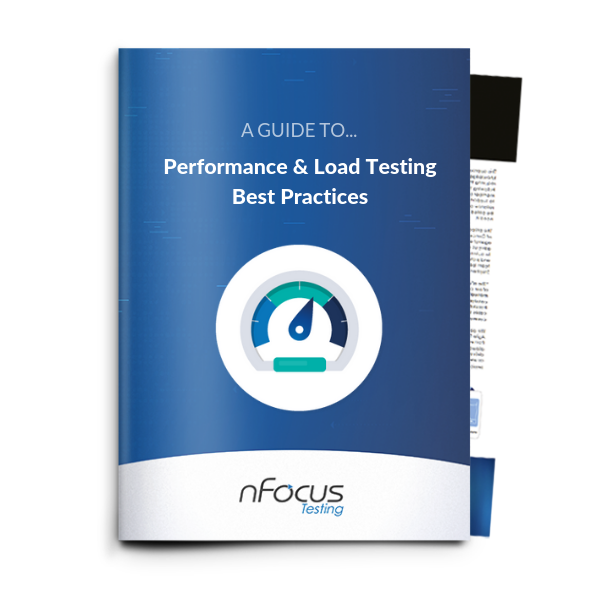PERFORMANCE & LOAD TESTING BEST PRACTICES
We help our client’s performance by testing their systems to ensure they meet their non-functional requirements when under high load and peak demand.
Performance and load testing are vital components of ensuring the reliability of software applications. This guide explains best practices for improving your performance and load testing efforts, covering key principles: objectives, preparation, execution, status reporting, exit criteria and more.
By following these guidelines, you can understand more about assessing your application's performance and identifying potential issues before deployment.
Principles: Understanding the importance of performance baselines.
Objectives: We can tailor the testing approach to address specific performance requirements.
Preparation: Essential steps such as identifying testing environments, selecting appropriate test tools and configuring test scenarios.
Entry Criteria: Requirements that needs to be met before commencing the testing process.








.png)
